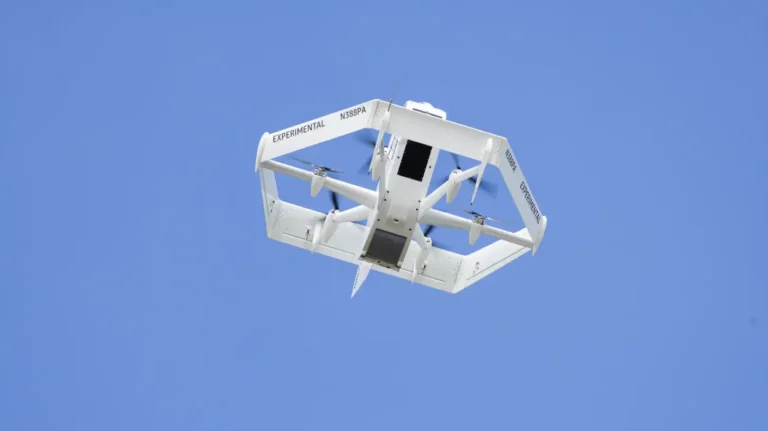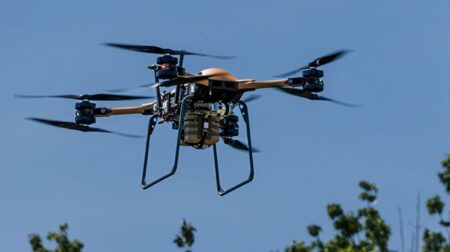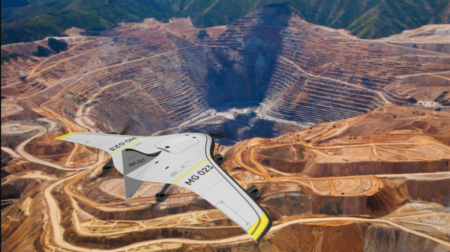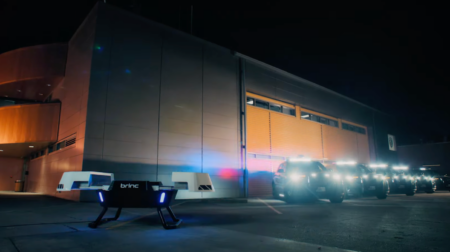Two executives key to online retailer Amazon’s drone delivery service have left the company, presenting a setback for the company’s drone programme, CNBC has reported.
The two losses include Amazon Prime Air’s chief air pilot, Jim Mullin, whose LinkedIn profile indicates he left the company last month [July 2023].
Mullin worked as a Marine One pilot and was responsible for overseeing Prime Air’s safety and regulatory compliance.
The second loss is Robert Dreer, who reported to Mullin and managed the programme’s testing operations, who announced on LinkedIn last week that he would be taking up a new role at electric vertical takeoff and landing (e-VTOL) startup Opener.
The autonomous drone delivery service has suffered major setbacks in recent years.
CNBC reported that Amazon declined to comment on their departures.
The programme has been criticised for lack of deliveries, with Amazon forecasting it would make 10,000 customer deliveries via drone by the end of 2023. So far this year, it has only completed 100, in its two California and Texas operating areas, according to CNBC.
Heavy layoffs at Amazon have compounded issues with the drone service, after CEO Andy Jassy announced in March this year the company would be cutting 9,000 additional roles, after confirming in January this year that 18,000 workers had been fired.
Regulatory limitations have likewise been an issue for the drone operation, after a crash was reported at is Pendleton site in Oregon.
According to a federal incident report seen by CNBC, the drone made an emergency landing before being destroyed. No injuries were recorded.
In the US, the Federal Aviation Administration (FAA) is responsible for all regulation around civil aviation and air traffic control.
It issued Part 107 regulations that required, as of 2023, that drones fly no higher than 400ft (122m), not exceed speeds of 100mph (161 km/h) and remain within the pilot’s line of sight.
In 2019, the BBC reported that the company had been awarded a Special Airworthiness Certificate to allow Amazon to conduct training and research related to its MK27 drone.
However, the crash threatens Amazon’s ability to meet regulatory requirements set by the FAA that mandate several hundred hours of test flights be completed without incident.
Cost factors have also been an issue for the company. According to internal cost projections seen by Business Insider, it will cost the company US$63 (£49) to deliver via drone per package in 2025, down from US$484 (£379) as of 2022.
These far exceed the costs to Amazon for using its own ground delivery service or third-part logistics providers (3PLs).
Tests for the drone delivery service have also been conducted outside of the US, with Cambridge, England being used as a testbed in 2016 and local residents close to its depot in the area being the first to receive Amazon packages via drone.








